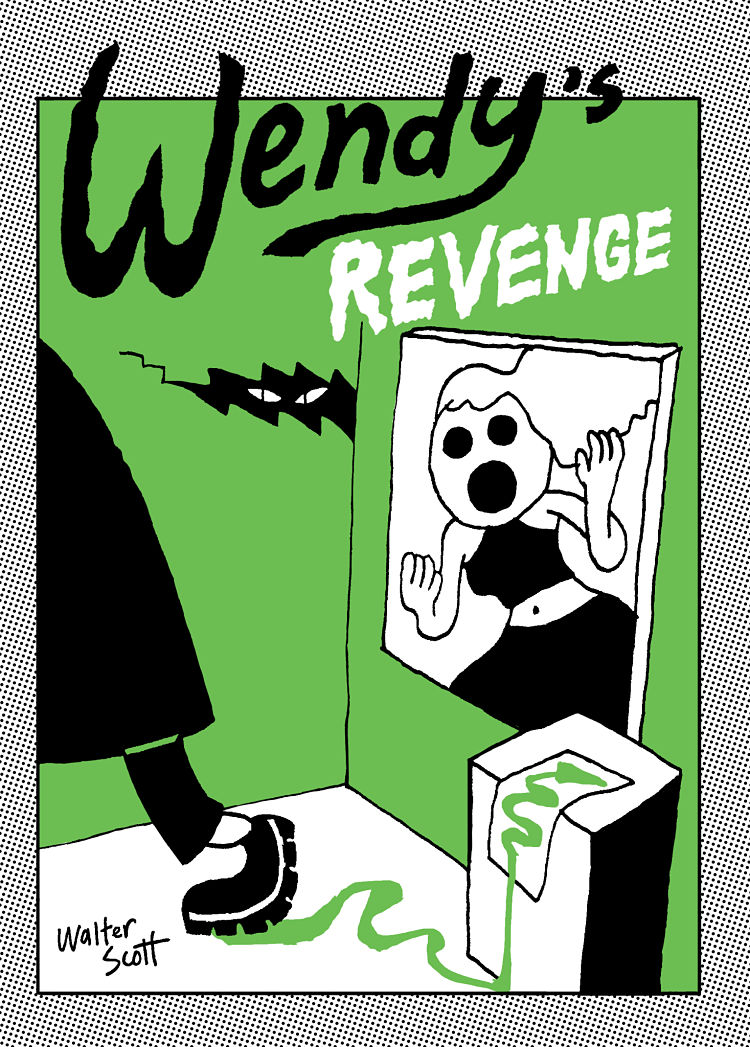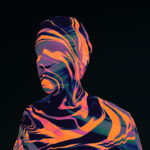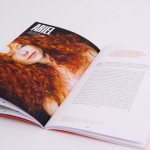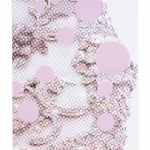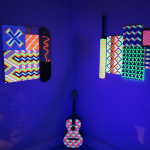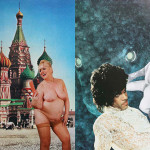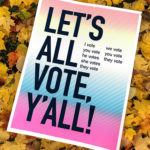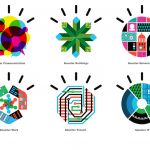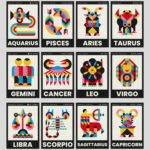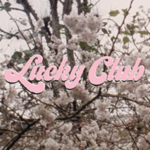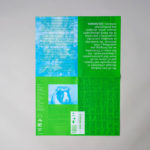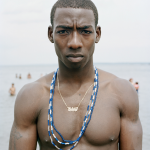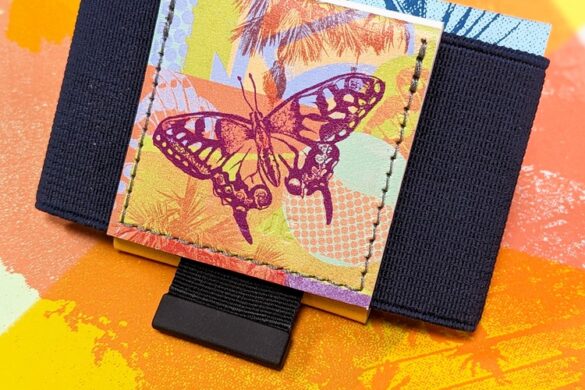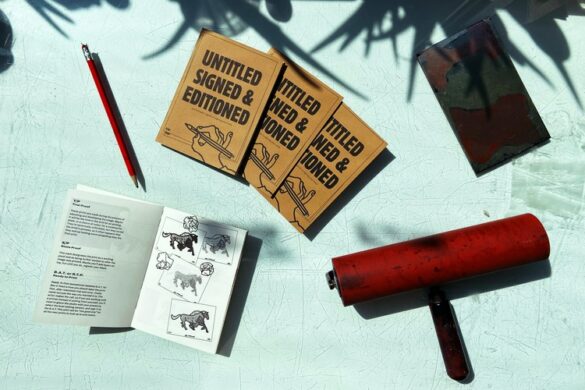We’ve no doubt that everyone who’s been to art school will see more than a few familiar tropes in Walter Scott’s Wendy, the titular “lovable but messy post-college hipster” of his series of graphic novels.
Last summer, Scott published her adventures in self-sabotage (and the Montreal art scene) in the shape of Wendy: Master of Art, a beautifully, painfully familiar satire on millennial-ness that straddled tragicomedic caricature and pedestrian realness.
Scott’s Wendy and Wendy’s Revenge, published by Drawn and Quarterly, are likewise searingly cynical but also poignant, touching treatise on what it is to be young, creative and not-quite-successful: the parties, the highs, the lows, the one-night stands, the art world failures. Yet Wendy’s self-destructive drives are also a gorgeous demonstration of her drives to both have fun, and make art.
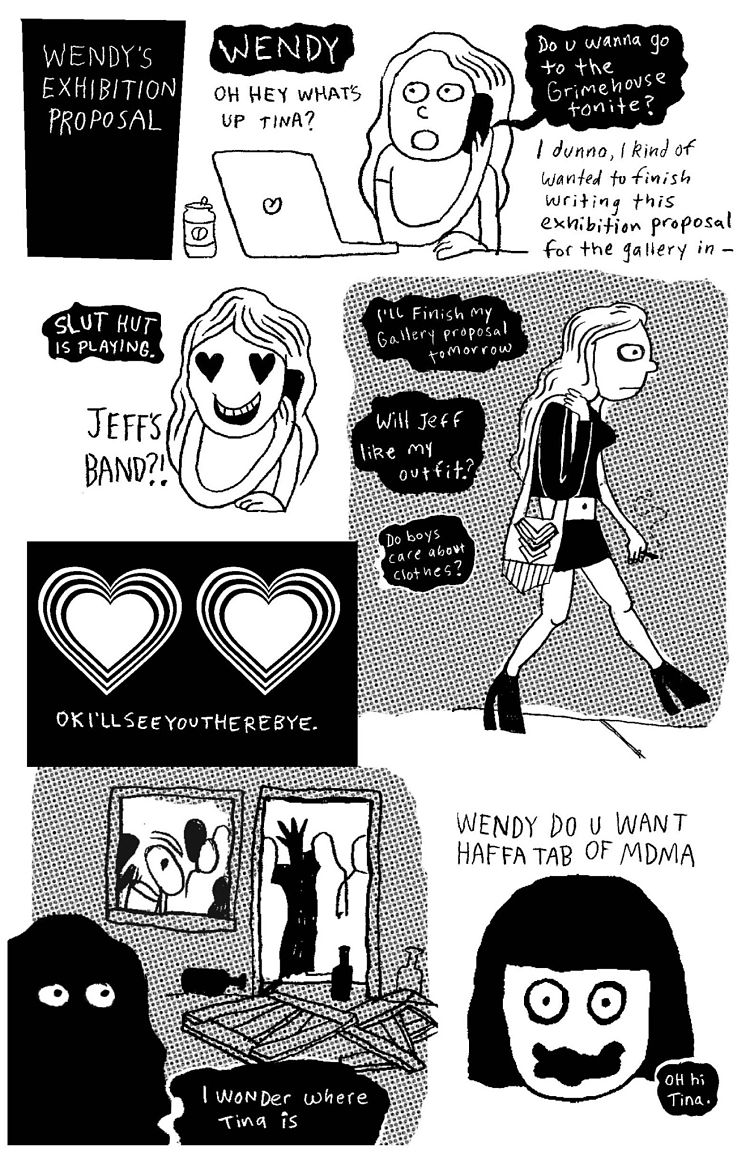
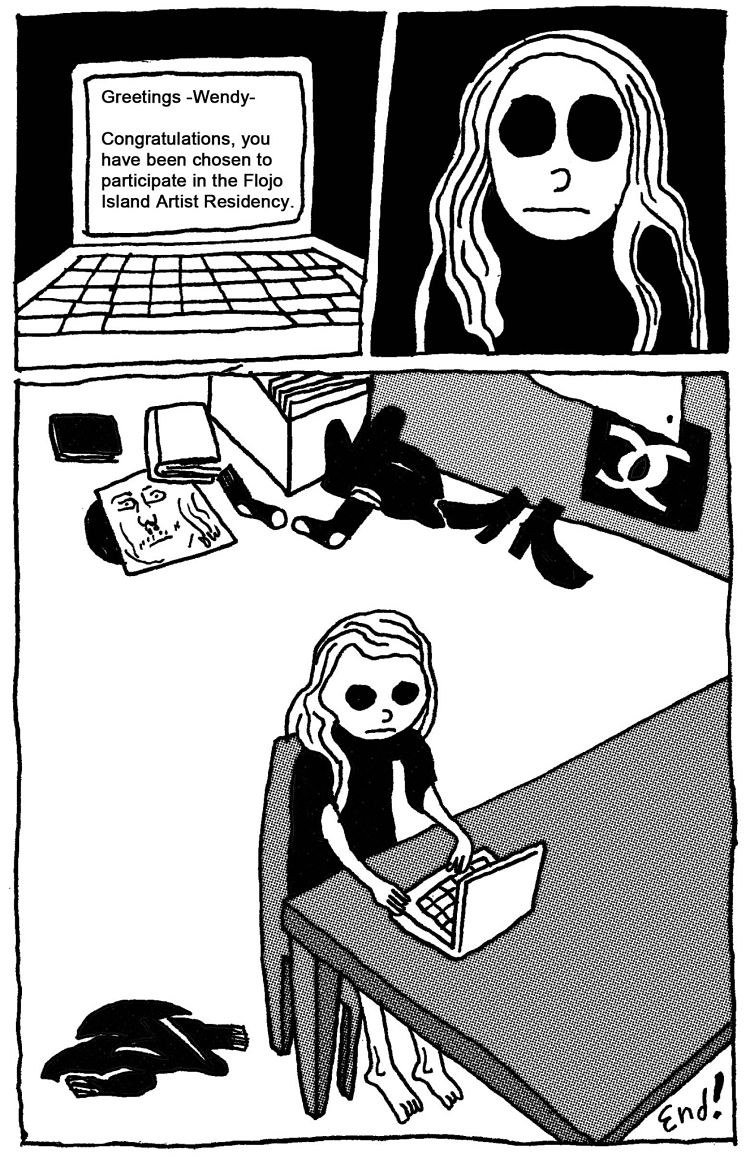 Wendy begins with a flashback to ‘Wendy on a Bendy’ in 2011: puking, wanting to die-levels of hungover, before she decides “OMG k let’s get hammurt [sic] tonite”. The book delineates her having Beene accepted into the prestigious Flojo Island artist residency. As she sends off her application, she muses about how “it is through creating dialogue between interdisciplinary cultural workers that new concepts can begin to take shape.” She then adds, “plus, think about all the hot dick that’ll b there.”
Wendy begins with a flashback to ‘Wendy on a Bendy’ in 2011: puking, wanting to die-levels of hungover, before she decides “OMG k let’s get hammurt [sic] tonite”. The book delineates her having Beene accepted into the prestigious Flojo Island artist residency. As she sends off her application, she muses about how “it is through creating dialogue between interdisciplinary cultural workers that new concepts can begin to take shape.” She then adds, “plus, think about all the hot dick that’ll b there.”
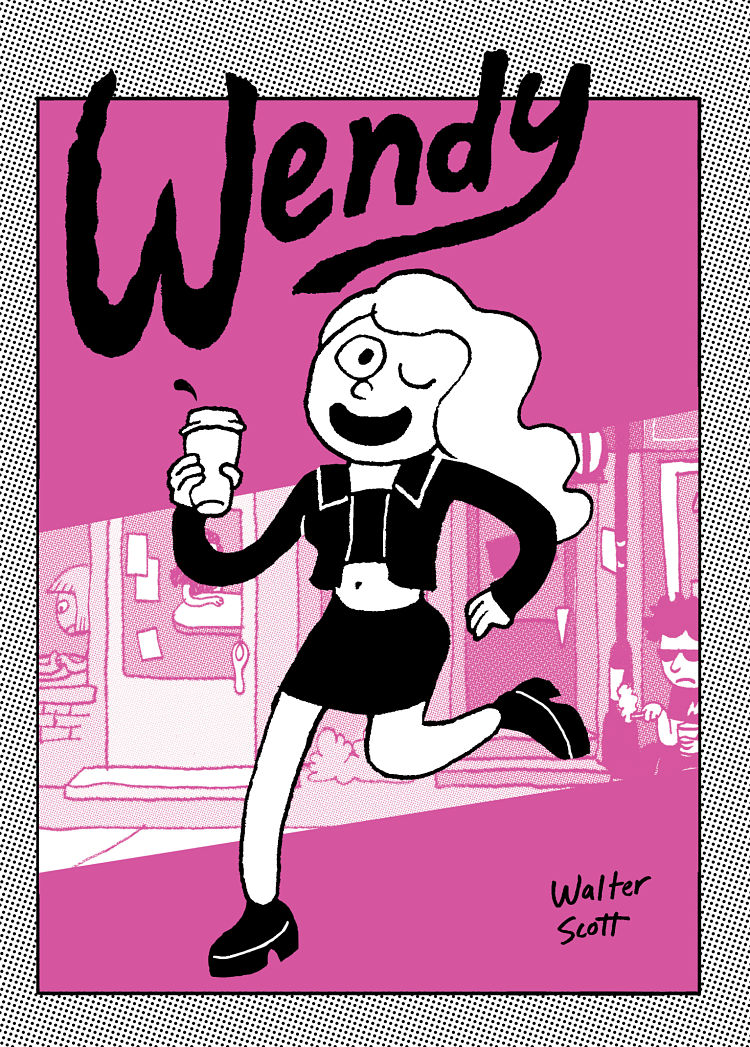
The remote, woodland island residency promises to be a far cry from her usual party-heavy city life, which frequently consists of snorting MDMA in gallery bathrooms and watching telly with a hangover. The seven-week programme promises to be a fresh start; a chance to work hard and reaffirm her thoughts around what it is to be an artists—or “cultural” worker, as she seems to be putting it.
As you might expect from knowing the first thing about Wendy, things don’t really go to plan. Along with her pal and artist collaborator Winona, Wendy creates a performance piece that causes a stir in the art world for all the wrong reasons. Things go sort of downhill from there.
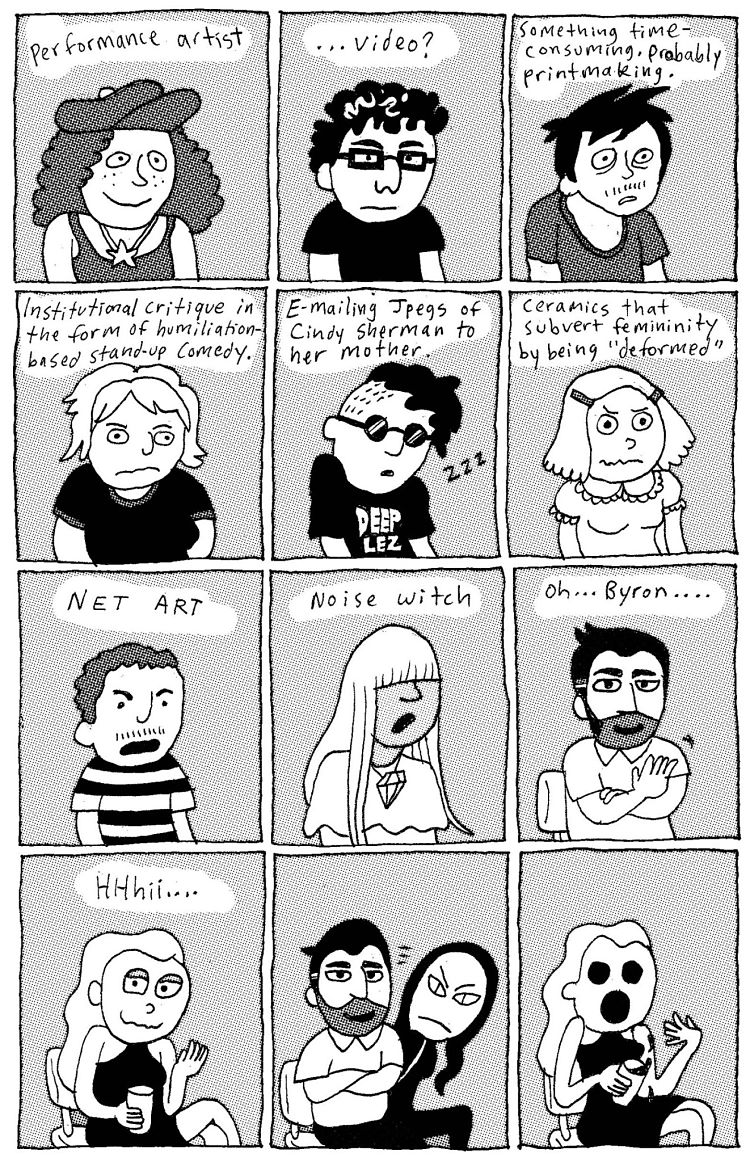 It’s in Wendy that Scott debuts the ‘Wendyverse’, the calamitous but frequently, painfully relatable world in which her hot-messiness unravels alongside her “back-stabbing frenemy” Tina; Paloma the queen of name-dropping; Wendy’s bandbox crush Jeff; a whole lot of distantly millennial anxieties and an endless stream of pretentious artworld jargon.
It’s in Wendy that Scott debuts the ‘Wendyverse’, the calamitous but frequently, painfully relatable world in which her hot-messiness unravels alongside her “back-stabbing frenemy” Tina; Paloma the queen of name-dropping; Wendy’s bandbox crush Jeff; a whole lot of distantly millennial anxieties and an endless stream of pretentious artworld jargon.
Meanwhile in Wendy’s Revenge, we see our protagonist decide once again make a fresh start on the west coast; while also making bones to form some semblance of a supportive art community in Vancouver’s “scene”. Naturally, as we’d guess from the sorts of people she’s encountered before, that proves to be a little too optimistic.
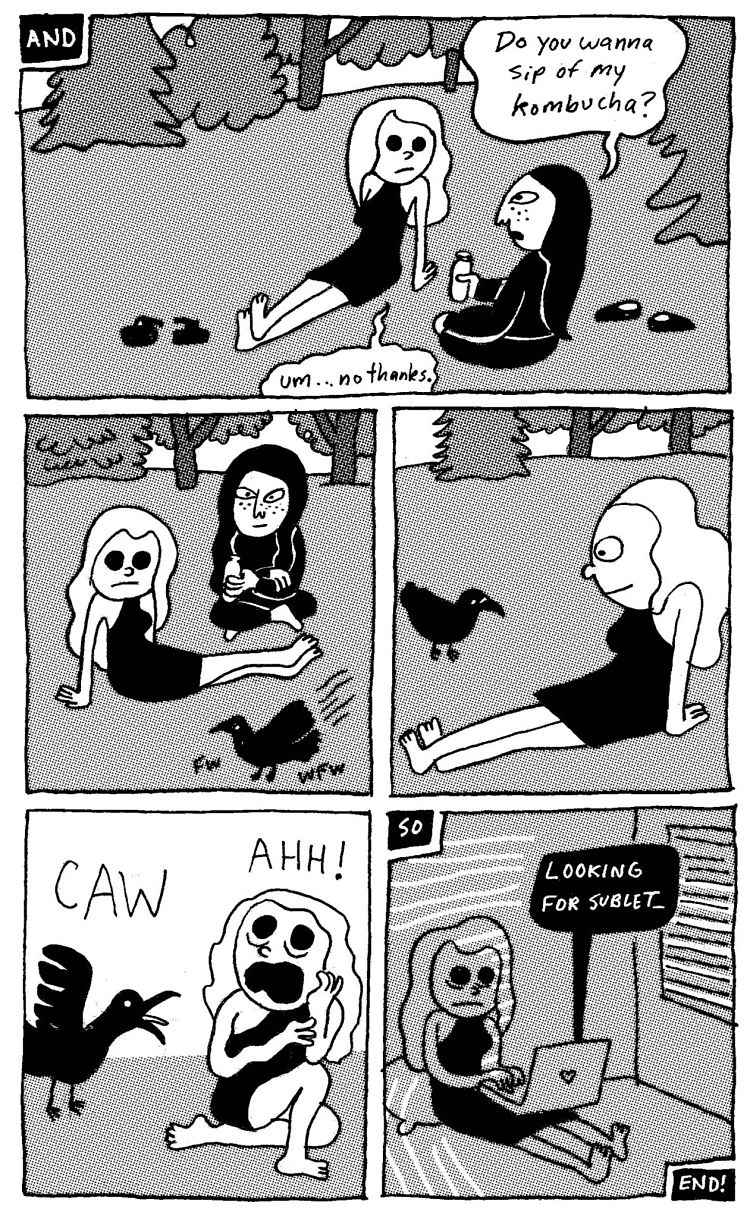
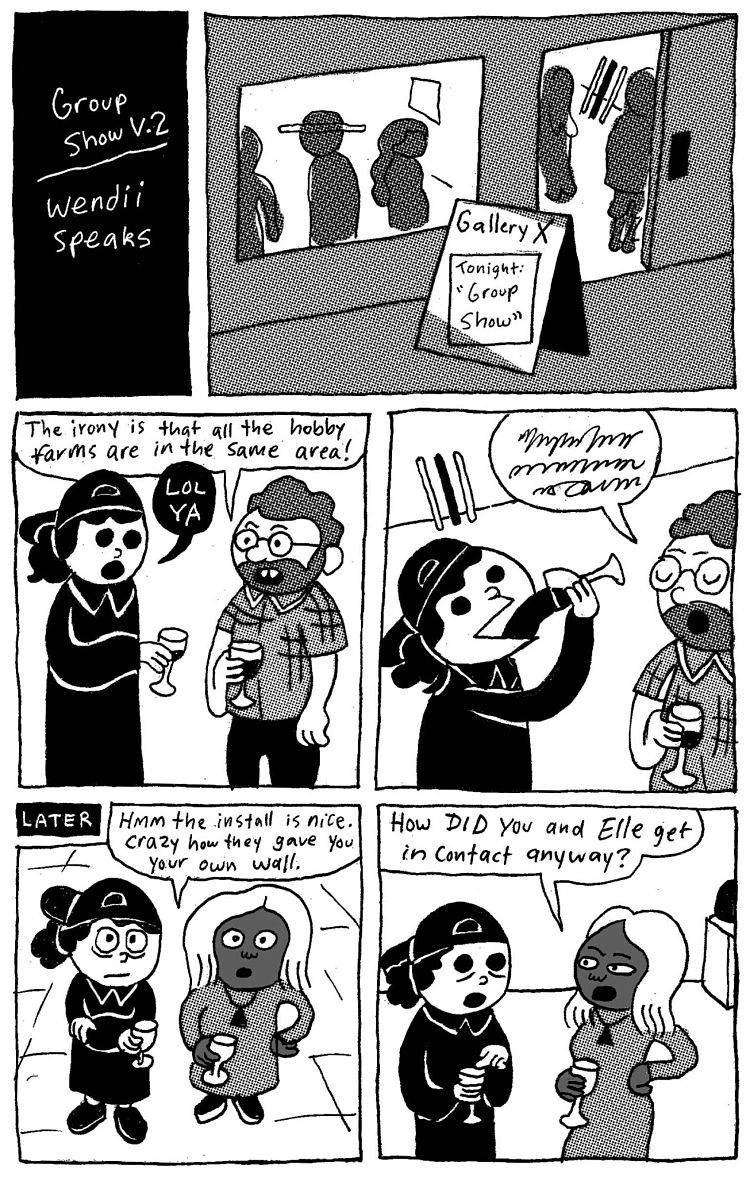 Much of the book sees her globetrotting, kicking off with another residency, this time in Japan. But wherever she and her associates find themselves, the same issues plague them: misguided art performance stunts, struggling to establish any sort of stable sense of identity, mental health issues, getting way too hammered, and so on.
Much of the book sees her globetrotting, kicking off with another residency, this time in Japan. But wherever she and her associates find themselves, the same issues plague them: misguided art performance stunts, struggling to establish any sort of stable sense of identity, mental health issues, getting way too hammered, and so on.
Scott’s drawing style is smartly economical and plays with comic conventions, playing with cartoonish proportions that somehow don’t ever feel weird or silly, such is the realness his storytelling constructs. In Wendy and Wendy’s Revenge, Scott’s explorations of form go even further, translating sections of Wendy’s Revenge into Kanienkehaka (Mohawk) and Japanese.
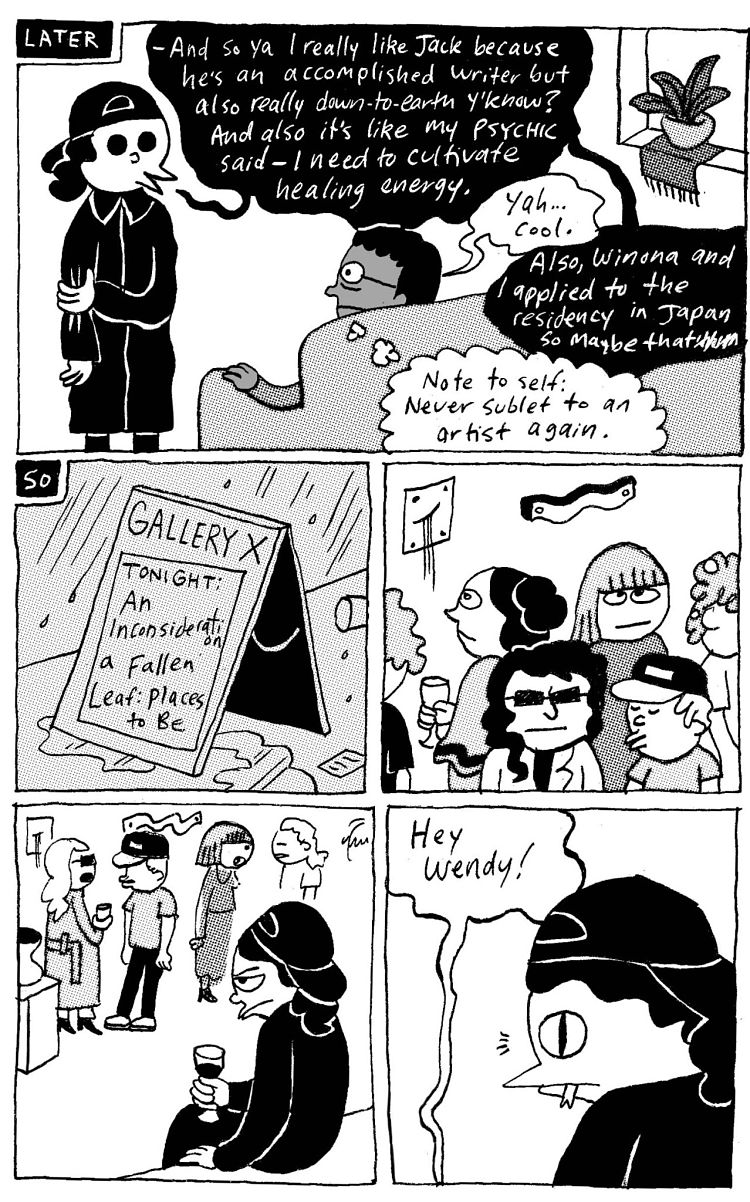 Those already familiar with Scott’s Wendy will have seen her in cartoons for publications including The New Yorker website, Hazlitt and the Best American Comics Anthology (a 2020 comic provides a brilliant satire on the art world post-Covid-19).
Those already familiar with Scott’s Wendy will have seen her in cartoons for publications including The New Yorker website, Hazlitt and the Best American Comics Anthology (a 2020 comic provides a brilliant satire on the art world post-Covid-19).
You might like...
- Autobahn - November 26, 2021
- Alphabetical - November 12, 2021
- SOFA Universe - November 8, 2021

